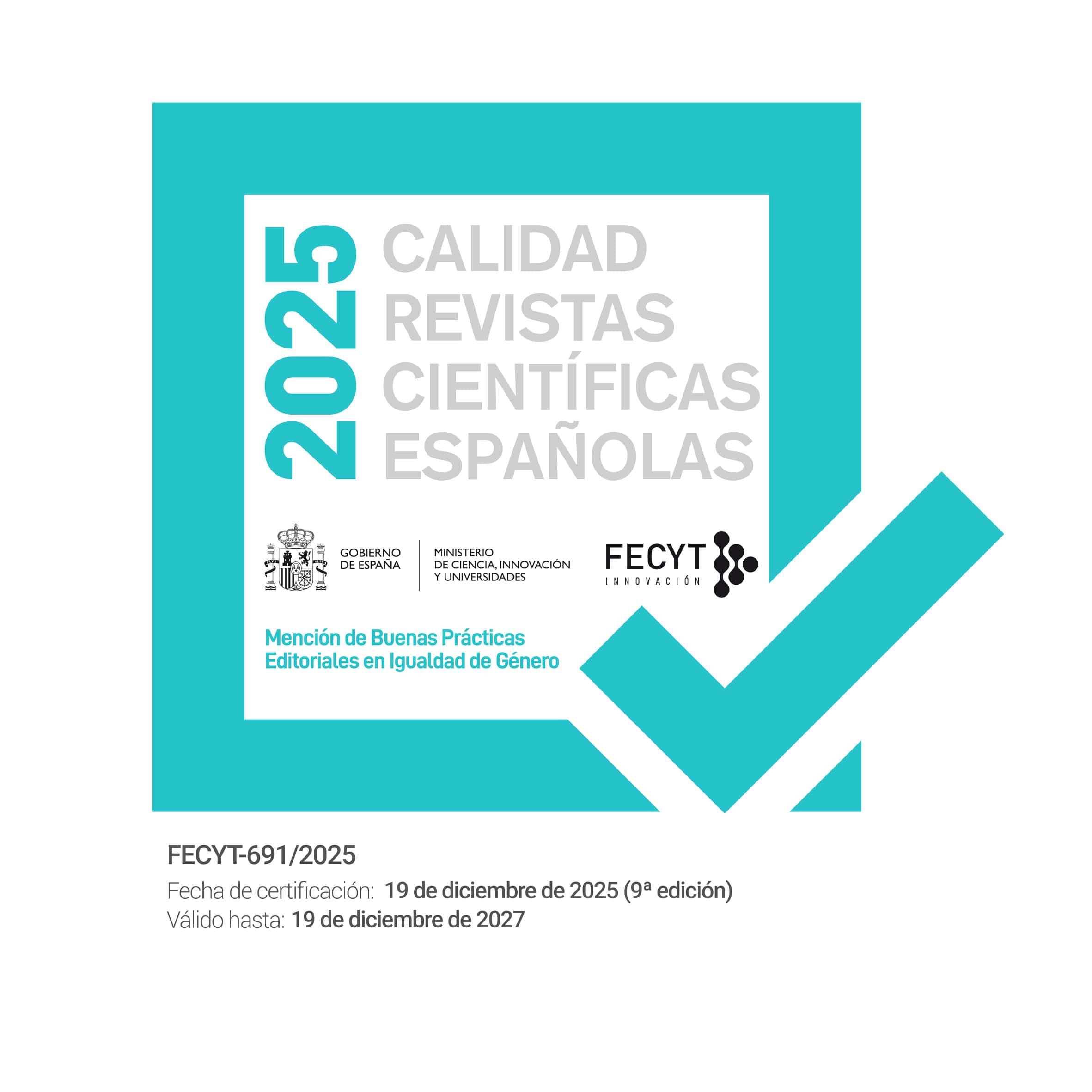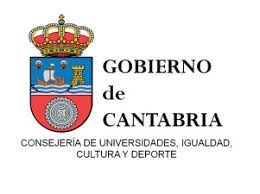El Padre Apolinar y Nazarín, dos modelos de religiosidad en la novela decimonónica española
DOI:
https://doi.org/10.55422/bbmp.39Palabras clave:
Pereda, Galdós, Padre Apolinar, NazarínResumen
El objetivo principal de este artículo es llevar a cabo una rigurosa descripción y análisis de las figuras del Padre Apolinar y de Nazarín. Estos dos modelos de religiosidad tienen algunas similitudes, pero sobre todo muchas diferencias, reflejadas y contrastadas en el texto. Pereda incluyó al Padre Apolinar en una de sus obras (Sotileza) y lo retrató como alguien humilde, que atiende espiritualmente a la población pescadora y enseña. Se corresponde con la imagen de cura identificado con la vida del pueblo: se preocupaba por los necesitados y compartía su pobreza. Galdós, por el contrario, se inventó a Nazarín, considerado un santo y un simple a partes iguales. También se le califica como místico, pordiosero, mendigo o loco. Este personaje se convierte en un símbolo dentro de la historia y es comparado con Jesucristo. Galdós recibió críticas que señalaban una clara influencia rusa, pero el escritor lo desmintió; su inspiración era únicamente española.
Descargas
Publication Facts
Reviewer profiles N/D
Author statements
Indexado: {$indexList}
- Academic society
- Sociedad Menéndez Pelayo
- Editora:
- Sociedad Menéndez Pelayo
Estadísticas globales ℹ️
|
223
Visualizaciones
|
74
Descargas
|
|
297
Total
|
|
Descargas
Publicado
Cómo citar
Número
Sección
Licencia

Esta obra está bajo una licencia internacional Creative Commons Atribución-NoComercial 4.0.








